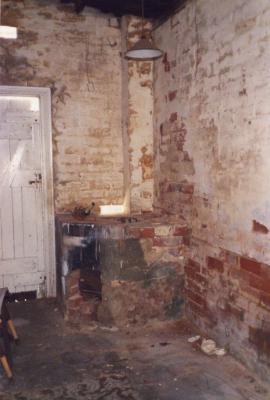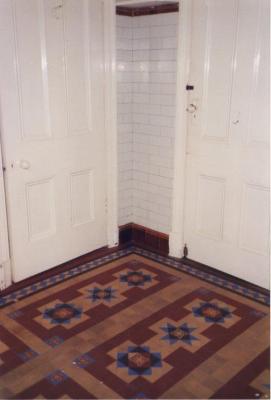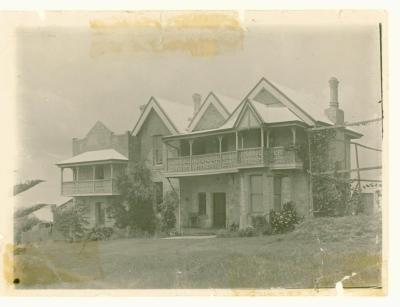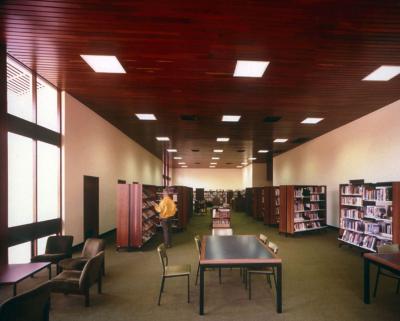'Lucknow' Later Bethesda Hospital
Five photographs of 'Lucknow' which later became the Bethesda Hospital.
06.338a
Large stone house with tile roof, light quoins and ornate portico, dormer windows and tall corbelled chimneys with pots. Drive, trees and newly planted shrubs in foreground.
06.338b
Side and rear view of house with decorative woodwork to gable, turned verandah posts, decorative finials and ridge-capping.
06.338c
Details of entrance, part of roof and chimneys behind large weeping tree. Gable on right.
06.338d
Entrance and verandah enclosed with dado of tongue and grooved boards with sliding, paned windows above. Mature trees shade the house and drive.
06.338e
House during demolition. Two chimneys still standing, interior of several rooms and an archway visible.
In 1881, Alpin Thompson inherited a house from his father in law, Roger Tuckfield Goldsworthy (Colonial Secretary), which was only half completed. By 1883 the house was completed and named Lucknow in honour of Mrs Thompson (nee Eliza Egan, step daughter of R.T. Goldsworthy) who was born during the siege of Lucknow, India. Later (1888?) Thomson built a second house upon the cliff neighbouring with houses such as 'Knutsford', 'Craig Muir' and 'Çorry Lynn'. The new property was again named 'Lucknow' and the old property was renamed Deepdene. Deepdene went on to be a boarding house, run by Mrs Minnie Biggs, for several years. Deepdene was then bought by Sydney Stubbs the inaugural Commodore of the Claremont Yacht Club and in 1910, the title was transferred to the Claremont Yacht Club making it the first yacht club in Western Australia to own its own land and premises. The new Lucknow was built in 1897 by architect Archer William Hoskings. Later owners included - Albert Sandover , Alfred Drake-Brockman and Sir Richard Wattle Griffiths. In 1927, Nurse Una McGrath obtained a licence to run Lucknow as a convalescent home (“C” Class Hospital). Nurse EM Smith became the registered proprietor on December 11, 1929, although it seems that a Matron Emele Bradshaw Vance was the owner. An advertisement for the hospital said “’Lucknow” is a Private hospital to provide a superior rest home for convalescents, “Nerve” cases and aged of both sexes. Smith ran the hospital until November of 1934, as she had submitted plans to build a new hospital on Stirling Highway which opened that year. (The name “Lucknow” was officially transferred to this new Stirling Highway location in 1944.)
Details
Details
06.338b
On rear [North East View/ 'Lucknow'/ Queenslea Drive/ Claremont] and in later hand [Probably in early 1900's See Lucknow Brochures].
06.338c
On rear [Lucknow 1913. This gable is my bedroom, overlooking the river.]
06.338d
On rear [1945].
Copyright and Reference
Copyright and Reference
Acknowledgements to be made to 'Claremont Museum 06.338'.
More items like this
Other items from Town of Claremont Museum
- Mumme Children, 66 Victoria Avenue, Claremont
- Visitors, 66 Victoria Avenue, Claremont
- Council Buildings, Town Of Claremont
- 'Corrie Lynn'
- Nurse Hilda Grace Williams Grave
- Claremont Municipal Chambers
- The New Claremont Library
- Claremont Library Interior
- Building The Claremont Police And Citizens Boy's Club
- Constable Cyril Ward, 66 Victoria Avenue, Claremont
- Colpus Family Home, 17 Goldsmith Road, Claremont
- Claremont Police And Citizens Boy's Club
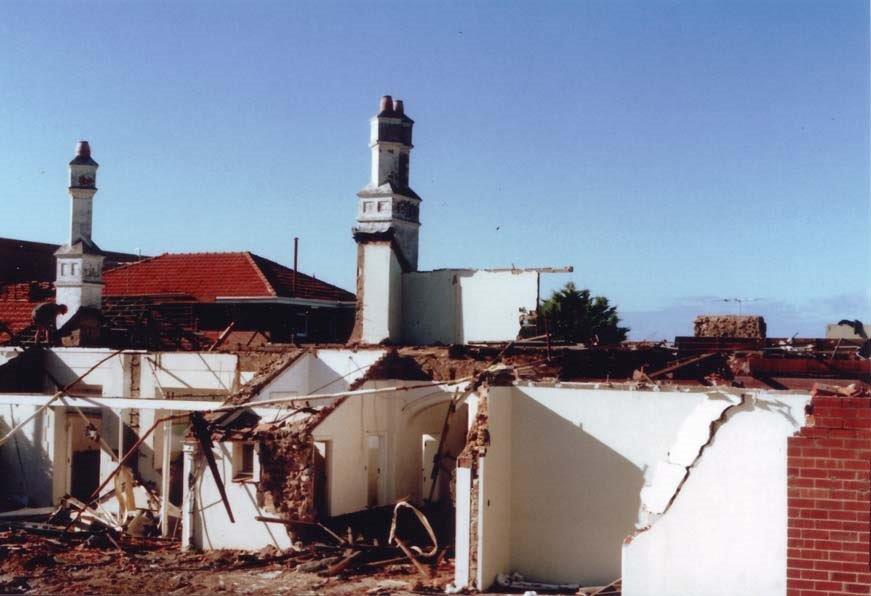
Source: Claremont Museum 06.338e
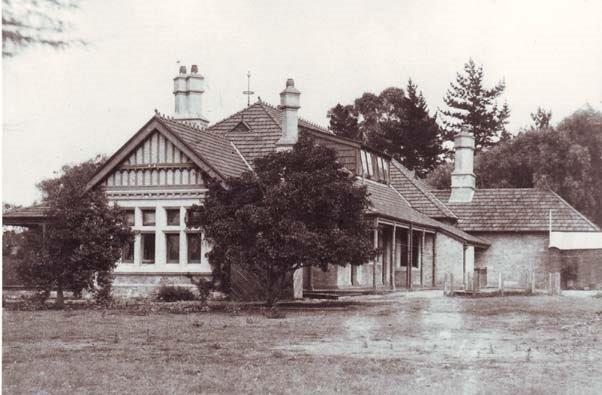
Source: Claremont Museum 06.338b
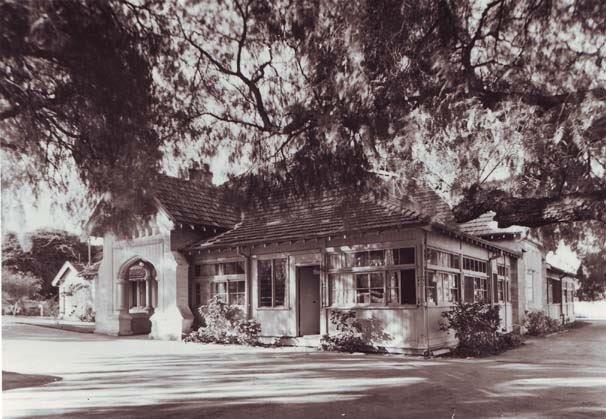
Source: Claremont Museum 06.338d
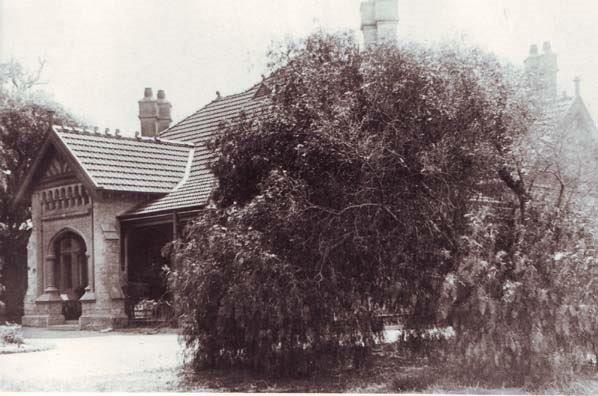
Source: Claremont Museum 06.338c

Source: Claremont Museum 06.338a
Scan this QR code to open this page on your phone ->




